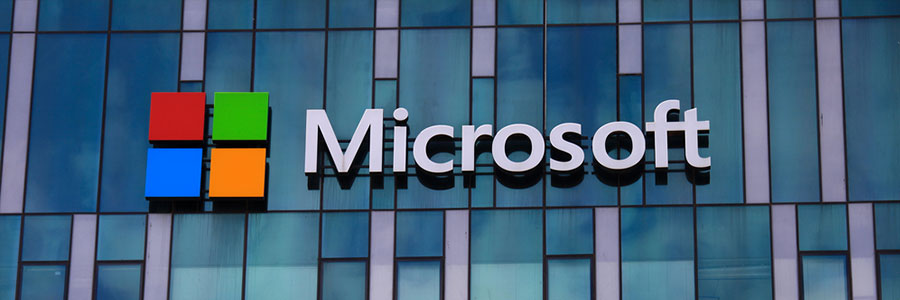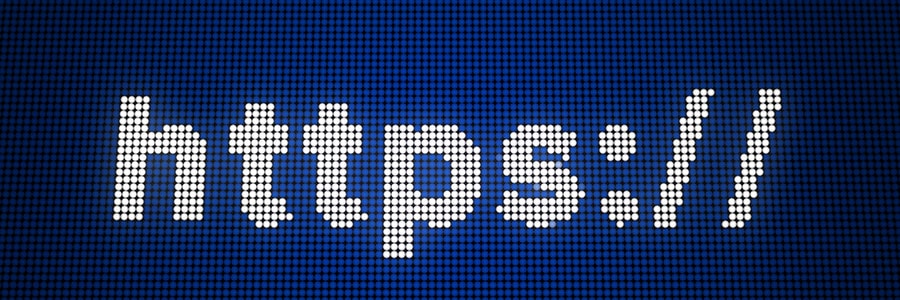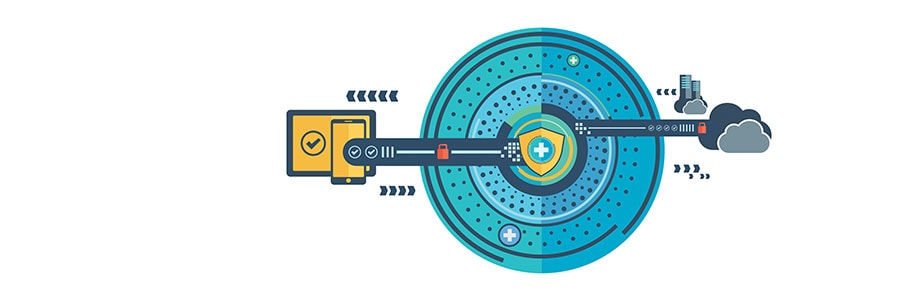Modern web browsers and password managers come with a feature called password autofill. This helps users store and automatically use their account credentials to access websites and other applications. While password autofill is convenient, it comes with security risks.
The dangers of password autofill
Why is Windows 11’s TPM requirement important?

Months before Windows 11’s official release date, conversations were already focused not just on the new operating system’s (OS) new features, but also on how its hardware requirements compared to its predecessor’s. Among the points raised was the compulsory Trusted Platform Module (TPM) 2.0 chip in Windows 11-supported devices — a marked upgrade from Windows 10’s TPM 1.2 requirement.
Printer security tips to prevent cyberattacks against your business

Business leaders invest a lot of time and resources into cybersecurity because they understand that protecting sensitive data is a necessity in the digital age. One business component that often gets overlooked are business printers. They are also vulnerable to cyberattacks, so make sure to follow these tips to ensure your company stays protected.
5 Signs of a VoIP system security breach

Voice over Internet Protocol (VoIP) phone systems are game-changing, allowing users to make and receive calls from virtually anywhere with an internet connection. Unfortunately, they’re not completely safe from cyberthreats. If you have a VoIP phone system, watch out for these five signs that it is being hacked.
Picking the right VPN for your business
A guide to implementing proactive cybersecurity measures
Consider these points when purchasing antivirus software
The dangers of TDoS to your VoIP systems
Learn why you should only visit HTTPS sites

Everyone uses the internet daily for a variety of reasons: to work, shop, or communicate with other people. Browsing the internet has become so commonplace that we often forget to check whether the websites we visit are safe. Let this serve as a reminder: a website can be deemed safe if the website’s URL has an “S” after the “HTTP.” Learn why that “S” matters.





